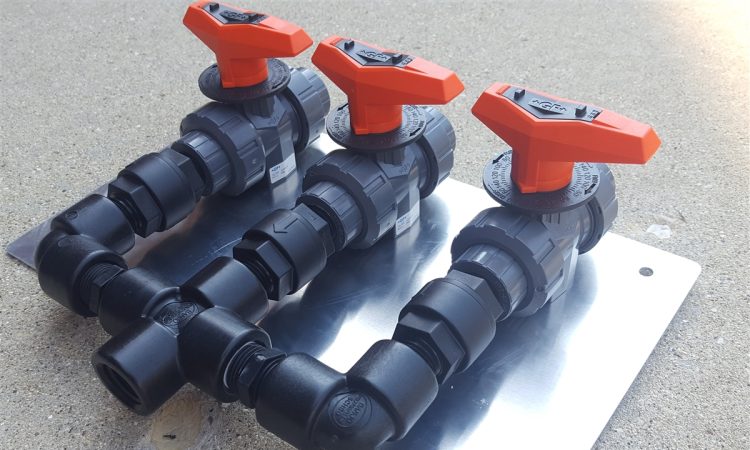
Softwashing is a popular method for cleaning exterior surfaces, including roofs, siding, and concrete. Unlike power washing, which relies on high pressure, softwashing utilizes a low-pressure delivery system combined with specialized cleaning solutions, such as sodium hypochlorite (bleach), water, and surfactants. A crucial tool in the softwashing arsenal is the softwash proportioner. In this article, we’ll explore what a softwash proportioner is, how it works, and how to use it to dial in precise bleach ratios for optimal cleaning results.
What is a Softwash Proportioner?
A softwash proportioner is a device designed to accurately mix cleaning solutions in predetermined ratios. It allows the user to control the concentration of bleach, water, and surfactants delivered to the surface being cleaned. This control is essential for achieving effective cleaning while minimizing damage to surfaces and surrounding vegetation.
How Does a Softwash Proportioner Work?
A softwash proportioner typically consists of inlet valves, a mixing chamber, and an outlet hose. The inlet valves control the flow of each component (bleach, water, and surfactant) entering the system. These components are then combined in the mixing chamber according to the set ratios. The mixed solution is delivered through the outlet hose to the application point. Most proportioners come with adjustable dials or valves that allow the user to set the desired ratio for each component. For example, you can adjust the bleach valve to add more or less bleach to the mix depending on the cleaning requirements.
Benefits of Using a Softwash Proportioner
Using a softwash proportioner offers several significant advantages. First, it provides precision in mixing, ensuring consistent results by delivering the exact bleach-to-water ratio needed for each specific cleaning task. This precision helps in avoiding overuse or underuse of chemicals, which can either damage surfaces or result in ineffective cleaning. Second, a proportioner enhances efficiency by allowing users to mix solutions on the go, eliminating the need for manual measuring and mixing, which can be time-consuming and prone to errors. Additionally, it improves safety by minimizing direct handling of concentrated chemicals, reducing the risk of spills, splashes, or accidental exposure. Finally, the use of a proportioner is cost-effective, as it optimizes chemical usage, reducing waste and ensuring that only the necessary amount of bleach and surfactant is used, leading to overall savings on cleaning supplies.
Tips for Effective Softwashing
Monitor the surface being cleaned for any signs of damage or discoloration and adjust the bleach concentration if needed. Protect nearby vegetation by pre-wetting plants with water and covering them if possible to prevent chemical damage. After cleaning, rinse the surface thoroughly with water to remove any residual chemicals.
Conclusion
A softwash proportioner is an invaluable tool for achieving precise bleach ratios in your cleaning solutions. By following the steps outlined above, you can ensure effective and safe softwashing results. Whether you’re a professional contractor or a DIY enthusiast, mastering the use of a softwash proportioner will elevate your exterior cleaning projects to the next level.




